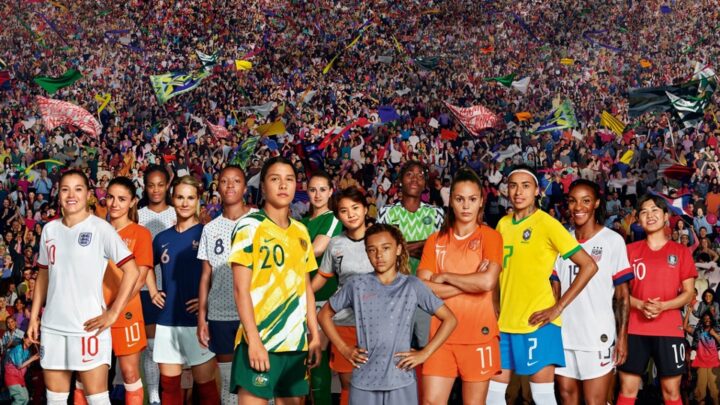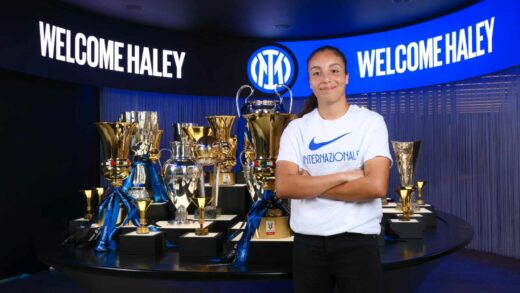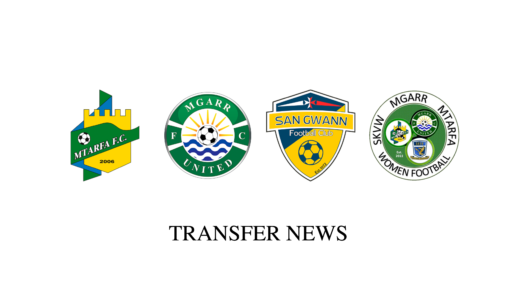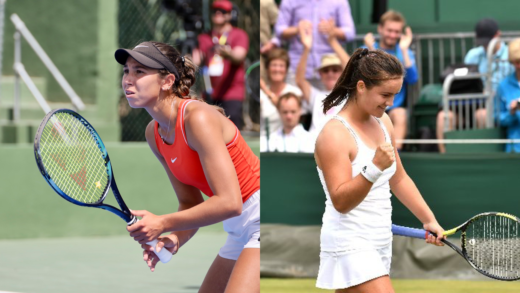Deloitte released a report outlining the revenue of the affiliated women’s football teams of Money League teams. The 26th edition marks the first look into the women’s game. The average revenue quoted by the clubs spoken to is €2.4m. Barcelona reported top-earnings (€7.7m) following their consecutive Women’s Champion League success, closely followed by Mancunian teams, Manchester United (€6m) and Manchester City (€5.1m). However, don’t let that fool you, the money trail dries up quickly for their competitors.
The Growing Chasm
Though the figures quoted attest to the growth of the women’s game, the report does well to highlight the disparity that is already visible between the lower league teams and the high-profile teams. The reality is that the reported earnings fall below €1m when you look at clubs not in the top 12.
Looking at the growing reports surrounding the men’s game, highlighting the inability of European clubs to participate in the January transfer market, against the prolific spending by English clubs, this is a warning sign. For the sport to keep growing it is important that there is competition throughout the leagues, and across countries. Huge disparities are a threat to that.
| Club | Revenue |
| FC Barcelona | €7.7m |
| Manchester United | €6m |
| Manchester City | €5.1m |
| Paris Saint-Germain | €3.6m |
| Arsenal | €2.2m |
| Tottenham | €2.1m |
| Chelsea | €1.8m |
| Bayern Munich | €1.7m |
| Everton | €1.5m |
| Real Madrid | €1.4m |
| Liverpool | €1.2m |
| West Ham | €1.1m |
| Leicester City | €0.4m |
| Atlético de Madrid | €0.1m |
Sponsorship & Visibility
Focusing on the women’s game, the reality is that most clubs that provided information from the report were still making a loss, where the cost of wages was still higher than the generated revenue from the women’s team. If the financially stronger clubs are still struggling, even more work is required to ensure that lower league teams have a good chance to grow financially. Only this will ensure that more players can become professional footballers and in doing so be able to reach an elite level.
The report highlights the importance of proper governance and its effect on this. To give one example, the Governing Body Endorsement (GBE) Rules in UK state that female players require 24 points across 5 categories to gain sponsorship; whilst men require only 15 points. From the commercial aspect, such rules put the women’s game at a disadvantage and so must be corrected.
However, sponsorship is also driven by the increase in the popularity of the sport, it’s a vicious cycle. The constant record-breaking attendances suggest that interest is on the rise which is helped by the increased visibility that the sport has been receiving. Increasing attendance across all leagues then becomes a matter of having competitive squads with professional and elite players across the board. So, from this perspective, what may be the other bottlenecks ahead?
Eidvall’s Comment on Player Availability
Reports of Arsenal’s failed attempt to bring Alessia Russo to the club, despite reportedly offering a world-record fee of around half a million pounds, were the talk of the week as the January transfer season closed shut. However, comments by Arsenal coach Jonas Eidvall are worth looking into.
As reported by Arseblog news, Eidvall said “we searched globally for our players…. It was a very tricky window to find clubs that want to release players because it’s an immature transfer market where if they release a player they have a really hard time finding a replacement.”
This highlights the first major issue for clubs: the size of the pool of players who they can choose from that can meet the demands on the pitch. Many of the current top-tier players reiterate almost with every interview the sacrifices they made to be able to even play when they were children. Though the game is exponentially growing, the reality is that an athlete’s career is highly dependent on the level of training that they receive when they are developing. The current crop of players had better access to play in a women’s football team than those before them, but it still was difficult enough that many possible talents were lost along the way.
It is fantastic to see the growth and the visibility that the sport is now getting. However, one must not lose sight of the big picture. There are still many leagues that are composed of a mix of part-time and full-time players, such as the Scottish Women’s Premier League, whilst many other leagues are composed of only part-time players.
The visibility that the sport is getting right now is vital to ensure that more games are watched and that girls choose to continue their training because they enjoy it and because there is a solid future in it. There will hopefully be a larger crop of players available for clubs to choose from. However, hidden behind Arsenal’s transfer saga is another focal point: the incessant injuries that plague the game’s momentum and the need for better facilities.
Injuries: Impeding the Momentum of the Game
The reality is that the problem that Arsenal find themselves in arises from the fact that their two mega-stars: Viviana Miedema and Beth Mead are currently sidelined with the lengthy ACL injury. The club has elite players, but these players are playing back-to-back matches for club and country. It is understandable that coaches would be reluctant to rotate them out, knowing their impact on a game, but in doing so risk players facing such lengthy spells on the sidelines.
As showcased in the UEFA TV mini-series ‘Equals’, the science of such injuries is not unknown, as is the reason why it is being observed so commonly in the women’s game. Speaking in the series and on ‘Their Pitch’ podcast Current UEFA Head of Women’s football Nadine Kessler has been vocal about the effect of injuries (having had a fair share of them herself), but also about the need for improved facilities, across the board. So has England captain Leah Williamson, and a whole list of other elite players.
The Importance of Improved Facilities
Rotation of players is key but brings back problem number one, that you need to have a crop of players that can play at that level. As more fans flock to the grounds to watch matches, there must be a good number of competitions that allows smaller clubs to field players and help them grow in the game.
The increase in the number of matches is already spiraling with more competitions appearing to match the fans’ demand. The requirement of proper facilities to help players recover and to ensure that they have the correct nutrition and training regime complements this. It is only natural that players will want to play each game and so truly having the appropriate facilities is imperative.
The absence of high-profile players reduces the anticipation of matches and ultimately the quality of the matches themselves. By extension, such absences have the potential to stall the growth of the game.
The Clubs’ Responsibility
On perhaps a less dreamy side of things, one must consider the responsibility that clubs have in the matter. Active players are limited in their ability to publicly criticize clubs, however, there have been plenty of ex-players who have been outspoken about the poor state of facilities afforded to the women’s teams.
In her memoir, former player Alex Scott gave good insight into the disparity she observed between clubs in the US and the facilities she was afforded when playing for Arsenal. Ex-manager and player Casey Stoney resigned from her role as coach of Manchester United in 2021 and the poor facilities were a major catalyst for her resignation.
According to the report released by Deloitte, Manchester United is the team who generated the second-most revenue globally, and Arsenal is amongst the top 5. Though Arsenal has been reported to heed the complaints and put investment where necessary, state-of-the-art training facilities are required across clubs and leagues if the game is to progress. Therefore, it is not only a matter of ensuring that the clubs get the necessary revenue from the game, but that there is an effort to ensure that a good chunk of this is going towards growing the game.
Looking to the Future
The women’s game has come leaps and bounds in the last few years. The report published by Deloitte is a testament to the financial side of things. However, there is still much more to be done so that more can play full-time. Just because few are getting the visibility needed, it does not mean that all others are there yet. As more money flows into the game, it is wise to consider where men’s football has gone wrong and ensure that lessons are learned for every facet of the game.



